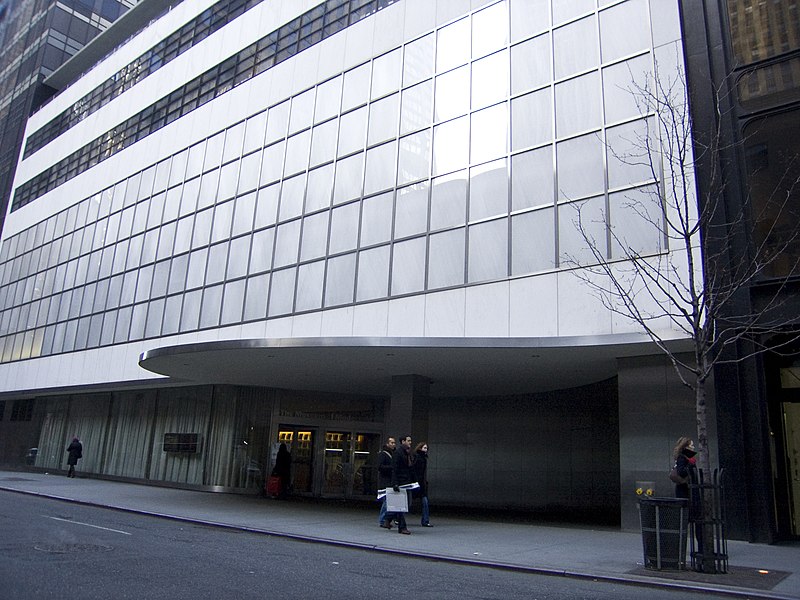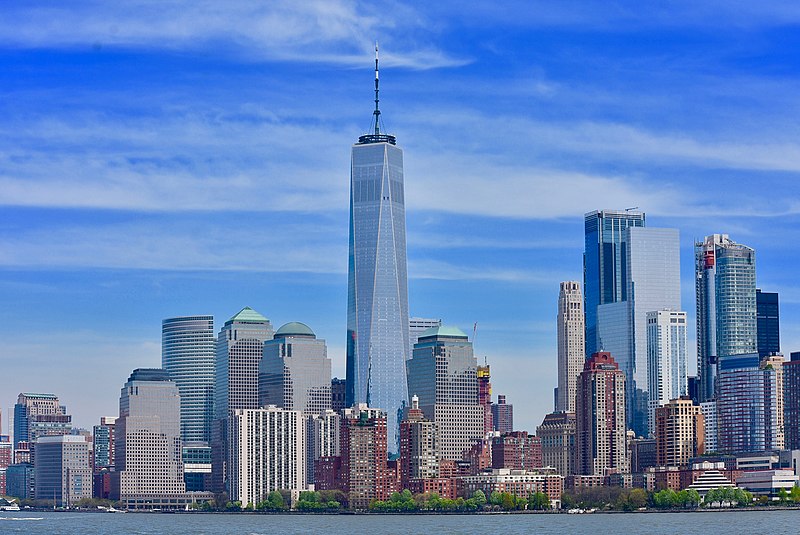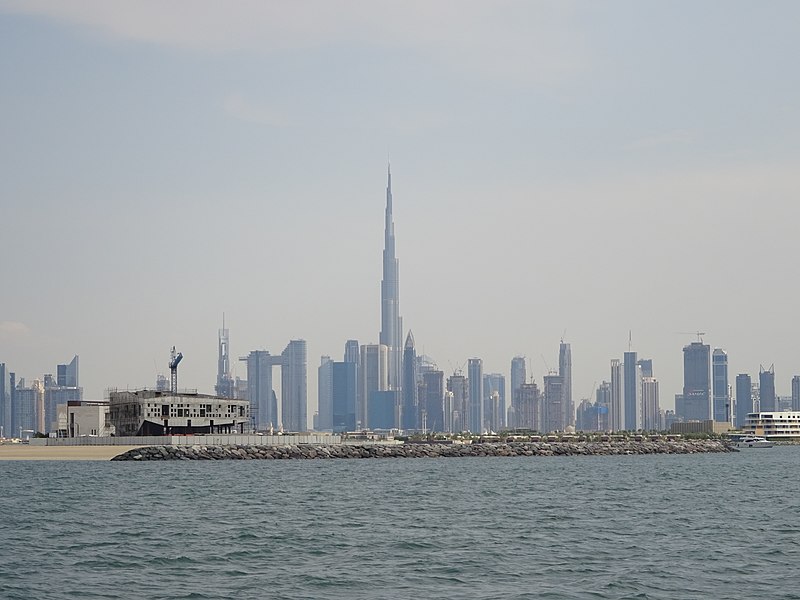BROWDERBOOKS
WARNING: Do not order a print copy of my book New Yorkers from Amazon. It has misprinted pages yet to be corrected. Wait until I can report those pages corrected.
I’m sure that viewers of this blog are as tired as I am of my new computer woes, so I’ve decided to list the positives as well as the negatives. For positives there are, even if, two days ago, I was in the nether depths of despair, because Amazon was threatening to lock up the manuscript of my new book, New Yorkers, and never publish it. Amazon’s objection: it thought my book might contain material that I had no right to publish. For how that worked out, see below. Here, first, are the negatives. The positives follow.
I’m sure that viewers of this blog are as tired as I am of my new computer woes, so I’ve decided to list the positives as well as the negatives. For positives there are, even if, two days ago, I was in the nether depths of despair, because Amazon was threatening to lock up the manuscript of my new book, New Yorkers, and never publish it. Amazon’s objection: it thought my book might contain material that I had no right to publish. For how that worked out, see below. Here, first, are the negatives. The positives follow.
Negatives
- When I transferred texts from my old computer to the new one, they were all in Microsoft Word and couldn’t be used, unless I paid to install Word.
- With the help of at least eight Word technicians, I tried, but I couldn’t install Word in my new computer. One technician spent over an hour and a half trying, but failed. And no one knows why.
- My downloads were slow, so I bought a new modem, but the Verizon technician who promised to help me install it by phone never phoned.
- When Amazon, one of my two printers, sent 20 copies of my book, all 20 had certain pages botched.
- When I returned the 20 copies for a refund, UPS made me take them to a pickup site. Believe me, 20 copies are heavy. This happened not once but twice.
- IngramSpark, my other printer, locked the files my book, and blocked all my attempts to unlock it. I was about to give up on it, even though it can sell your book in many countries abroad.
- As noted above, Amazon demanded that I prove I have the right to publish all my book’s content. Otherwise, it would refuse to publish it.
Positives
- I found a way to bypass Word and have access to my files. I can copy them, edit them, even submit them as a Word document, without having installed Word. Good riddance, Word.
- I installed the modem on my own, without help. So much for you, Verizon.
- Yes, with great effort, I managed twice to haul the botched 20 copies to a pick-up site. Whew! It wore me out.
- IngramSpark finally let me unlock the files, so my book can be printed as a paperback and an e-book.
- I convinced Amazon that I have the publishing rights for all my book’s content, so that Amazon can sell it.
So now it looks like the book will be published, in paperback and e-book format, by both Amazon and IngramSpark. This is desirable, because Amazon dominates online sales of all items (not just books) in the U.S. and pays a higher royalty, whereas IngramSpark has a much broader reach internationally. But two mysteries remain:
- Why can’t I install Microsoft Word on my new computer? No one knows.
- Why can’t Amazon print my paperback without botched pages? Is it the fault of my design team (as Amazon suggests), or, as I suspect, the fault of Amazon? Until this is resolved, I can’t offer my book for sale on Amazon, where most domestic online sales occur.
And so, bruised but not demolished, I stagger on in the ongoing adventure of self-publishing. Now let’s change the subject.
Can Super-Talls Survive?
“Megalo-MoMa” is the title of an article by Martin Filler in the New York Review of Books of December 5, 2019. It chronicles the Museum of Modern Art’s evolution over the years through a series of expansions, and reviews the latest of these transformations, seen both outside and in. The newest MoMa, costing a mere $450 million, involved a byzantine transfer of air rights from nearby buildings to MoMa, who then transferred them to the Houston-based property developer Hines. The resulting structure, a presumed masterpiece by the renowned French architect Jean Nouvel, is, for the moment, the seventh highest of Manhattan’s super-talls, a status sure to be challenged in the near future. Once known as the Tower Verre (verre = “glass” in French as in un verre de vin, “a glass of wine”), it lost this touch of poesy upon being rechristened 53W53, which in these grubby times is no doubt more marketable. And marketable it must be, since MoMa occupies only the second through fifth stories, the rest of the structure being given over to — you guessed it — luxury condominia, more of which Manhattan is obviously in dire need of.
Based on sketches of the projected tower, I had hoped for a suave knife-like structure topped by a tapering glass pinnacle bathed in light, a marvel with a different appearance at different times of day, and when seen from different angles — a veritable tower of light. But according to Martin Filler, Nouvel’s creation, made possible by Mayor Bloomberg’s loosening of the city’s building code, is a behemoth lacking the dazzling lightness and delicacy of the best super-talls. In short, it’s a clunker, and it adds to the darkness besetting the densely overbuilt area around the museum.
 |
| MoMa's façade, 2009. Some find it stern and dull; I agree. Wikipedia Loves Art participant "The_Grotto" |
Fortunately, the condos aren’t selling, prompting two of the project’s backers — Goldman Sachs (whose greasy fingers are in every financial pie conceivable) and the Singapore-based Pontiac Land Group owned by the billionaire Kwee family — to challenge Hines legally regarding reductions in rent offered to induce buyers. All of which is murky high finance, with hints of oversaturation and a reminder that these gargantuan projects aren’t homegrown here on Wall Street, but involve an international hookup of visionary designers, financial slight-of-handers, political connections, and plain, old-fashioned greed.
And who are the prospective buyers of the condos? We don’t really know, since that is strictly hush-hush, but we can well imagine Chinese billionaires, Saudi princes, and even a stray Russian oligarch or two fancying a pied-à-terre here in Manhattan, a nice, cozy little penthouse with a wrap-round terrace giving magnificent views of Central Park and beyond. Not a home crowd, presumably, though a Trump or Cheney crony might show up.
 |
| MoMa and garden, 2005. Before the tower. hibino |
I shan’t pursue Martin Filler’s appraisal of the new MoMa’s interior — he gives it a mixed rating — for I am more concerned with the museum’s perennial commitment to Bigger and Better, which usually means Newer than New, the unquestioned assumption that today’s Newest New, however costly, has to be better than yesterday’s Newest New. And the assumption that expanded facilities will better accommodate the legions of visitors pouring in daily, whereas in fact each expansion seems to entice still more visitors, creating a congestion that will incite yet another hyped-up demand for yet another costly expansion. MoMa feeds on its own success, feeds greedily, and always wants More. And from it I get a smell of too-muchness, of something high and foolish that is doomed in time to fall. Not the tower itself, but everything that it embodies, its perilous excess.
Not that MoMa is the only one stabbing a new spike heavenward in Manhattan. This is the age of the super-talls, skinny soaring monsters, often ugly, pushing skyward and casting their blight of a shadow on the lowly edifices and pedestrians below. For several years I have kept a file of these endeavors. A full page glossy color ad on the inside front cover of the Magazine Section of the Sunday Times of October 7, 2018, boasts how the real-estate developer Extell is “redefining the New York skyline,” promising “unparalleled amenities and endless views.” A bird’s-eye view of the city identifies as theirs the soaring towers of 330 East 72nd Street, 1010 Park Avenue, 995 Fifth Avenue, others elsewhere and even in Brooklyn, with the tallest of all at One Manhattan Square.
A similar full-page color ad, this one in the Magazine Section of October 18, 2015, shows a perilously skinny needle of a building at 111 West 57th Street, dwarfing its neighbors and offering full-floor condos starting at $16 million. Yes, its uptown or northern face offers dazzling views of Central Park, but it makes me nervous just to look at it. It isn’t beautiful or graceful, just plain skinny-tall. Again, the smell of too-muchness, of perilous excess.
 |
| Manhattan, April 2019. One World Trade Center is the tallest. Lots of big clunky boxes among the lower buildings. The tall ones at least aspire. Armando Olivo Martín del Campo |
An article in a special section in the Sunday Times of June 9, 2019, noted that for years the city’s skyline was defined by the Empire State Building (1250 feet) and the Chrysler Building (1047 feet), both dating from the early 1930s. But for the last decade or so, the city’s horizon has been in flux. As of that date, June 9, 2019, there were nine completed towers over 1,000 feet high, seven of them built after 2007, with another 16 such towers planned or already under construction. And with soaring heights came soaring prices. In January 2019 an apartment at 220 Central Park South, with a superb view of the park, reportedly sold for a (then) record $238 million. But in these surging spikes you can’t even start residential occupancy below the twentieth floor, because the view is blocked by other structures. Height + view = sale.
One of these towers, One World Trade Center, set a record new height (with the help of a spire) at 1776 feet, when it was completed in 2014. It’s the only super-tall that I relate to personally, since its lighted silhouette greets me at dawn, and sees me to bed in the evening; I call it my Tower of Light.
 |
| One World Trade Center, August 2019. Tall by day, magical at night. Matthew Bellemare |
Of course the tallest building in the world is not in New York. It is the Burj Khalifa, a concrete-and-steel monster of a tower completed in 2009 in Dubai, in the United Arab Emirates. Rising with setbacks from the flat desert floor, it tops out at 2717 feet, with 163 floors. The point of it? To get international attention, make Dubai a place to visit and invest in, and thus realize the local sheik’s plan to diversify Dubai’s economy, hitherto dominated by oil. The architect? Adrian Smith, a Chicago-based American influenced by Frank Lloyd Wright.
 |
| The Burj Khalifa, November 2019. It just screams Tall Tower. But to what purpose, other than screaming? Jpbowen |
No one, so far as I know, is challenging the sheikh and his tower in Dubai, but New York is another story. Here in this (by American standards) old city, fighting the towers surging everywhere are various landmark preservation groups. Prominent among them is the Greenwich Village Society for Historic Preservation (GVSHP), which I take an interest it, since it is trying to protect my turf, the West Village and adjoining neighborhoods. Their Winter 2020 newsletter announces in bold type
PLAN FOR HUGE TOWER ON LOWER FIFTH
The newsletter warns that a developer is out to demolish historic buildings and replace them with a tower 4 times their height, a luxury residential tower 244 feet tall — puny compared to the super-talls, but high enough to blight an old neighborhood of historic value. The project has been put before the city’s Landmarks Preservation Commission, the outcome uncertain.
And the Real Estate section of the Sunday Times of January 19, 2020, warns that projected new towers on Fifth Avenue could block out some of the most majestic views in the city. At certain points along Fifth, one can enjoy unobstructed uptown or downtown views of the Avenue and renowned city landmarks, and these views are at risk. When crossing Fifth Avenue on 4th Street, I myself have noticed that I can look downtown and see the Woolworth Building, my favorite skyscraper, and look uptown and see the Gothic spire of Trinity Church. Many such views have already been lost to development, and more are threatened now.
So what does REBNY, The Real Estate Board of New York, have to say about all this? Its announced goal: “to protect, improve, and advance the business of real estate in New York City.” At its 124th annual gala banquet on January 16, 2020, well attended by 2,000 jacketed members (with a few open collars) and their fashionably attired spouses, it gave awards to members, celebrated their risk-taking profession, and hobnobbed with assorted politicians, but made no official statement regarding local real estate. Yet far from exuding confidence in the real estate market, a REBNY press release of November 17, 2019, noted the continuation of a multi-year decline in asking rents. In other words, the market is experiencing a correction: commercial rents are down, not up. So is REBNY worried? Not at all. Declining rents present opportunities for real estate operators. “Activity continues to be strong in today’s market,” REBNY’s president announced. “New experiential concepts will continue to buoy the market moving forward.” Cautious optimism, perhaps, but optimism nonetheless. No suggestion of a disastrous downturn.
So much for the lords of real estate. How about the economy, and that bellwether of American moods and prosperity, the stock market? The economy is doing quite well, thank you, in spite of a few sourpuss commentators, some of whom even suggest that the stock of Apple, Inc., and a few other surging high-tech behemoths might be overpriced by 25 percent. But stock prices generally are bumping against their all-time highs, with no hint of an immediate major decline. And unemployment is at a record low, which means that jobseekers are happy and not inclined to vote against the sitting president, who, like all his predecessors, takes ample credit for the current good times. This is a Trump economy, big and noisy and booming.
So would I, a small-time investor at best, invest in this market? Buy at a high? Are you crazy? The time-tested rule is, buy low, sell high. This is time to sell. Or, if you have a good long-term investment plan, sit tight.
(Caveat: On the basis of what I just said, please don’t panic and sell all your stocks in anticipation of a market downturn. I am no market guru, no financial adviser, no predictor of market trends. I speak only for myself, can’t advise others. I just know that this market is way, way up, and that what goes up comes down. I don’t profess to know when the downturn will come. Today? Tomorrow? A year hence? Sorry, I haven’t a clue. But come it will, whenever.)
From burgeoning super-talls and the deadening shadows they cast, and from the worrisome algebra of height + view = sale, and from the surging economy (with the pockets of dead-end poverty and despair that Trump played well to, and that got him elected), and from Apple stock jolting ever upward, I get again that smell of too-muchness, that stink of perilous excess.
Before a major downturn in the economy, usually there is some kind of visible excess, some kind of feverish speculation. This doesn't seem to be the case now in the stock market, with investors cautious, leery of a dramatic decline. But debt -- both public and private -- is another matter. With interest rates low for many years, income-seeking investors and companies have often abandoned U.S. Treasury securities, the safest of investments, for riskier bonds with higher yields, bonds whose ratings verge on junk bond status. If the economy should fall into recession -- not an immediate threat, according to most analysts -- the value of those bonds could plummet, taking all the financial markets with them.
Before a major downturn in the economy, usually there is some kind of visible excess, some kind of feverish speculation. This doesn't seem to be the case now in the stock market, with investors cautious, leery of a dramatic decline. But debt -- both public and private -- is another matter. With interest rates low for many years, income-seeking investors and companies have often abandoned U.S. Treasury securities, the safest of investments, for riskier bonds with higher yields, bonds whose ratings verge on junk bond status. If the economy should fall into recession -- not an immediate threat, according to most analysts -- the value of those bonds could plummet, taking all the financial markets with them.
Are we building towers of Babel, inviting the rage of the gods? Is American optimism — that bubbly upbeat mood ingrained in our bones and gut, and up till now usually justified — about to be fatally punctured? And what could puncture it and bring down those super-talls? The coronavirus now spreading in China? Climate change, with rising seas eating away at the land, in time threatening even the underpinnings of The City That Never Sleeps, not to mention that monster tower in Dubai? Or something else, totally unforeseen? Dunno, dunno, dunno. Maybe I'm just one of those downbeat sourpusses perennially pooping the party. And maybe not.
Coming soon: ???
© 2020 Clifford Browder
Coming soon: ???
© 2020 Clifford Browder
No comments:
Post a Comment